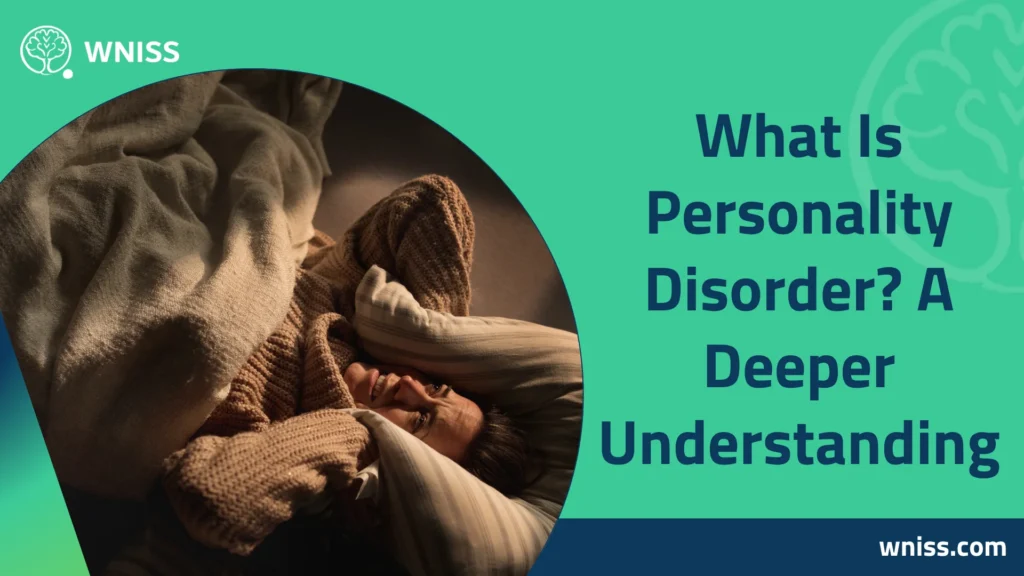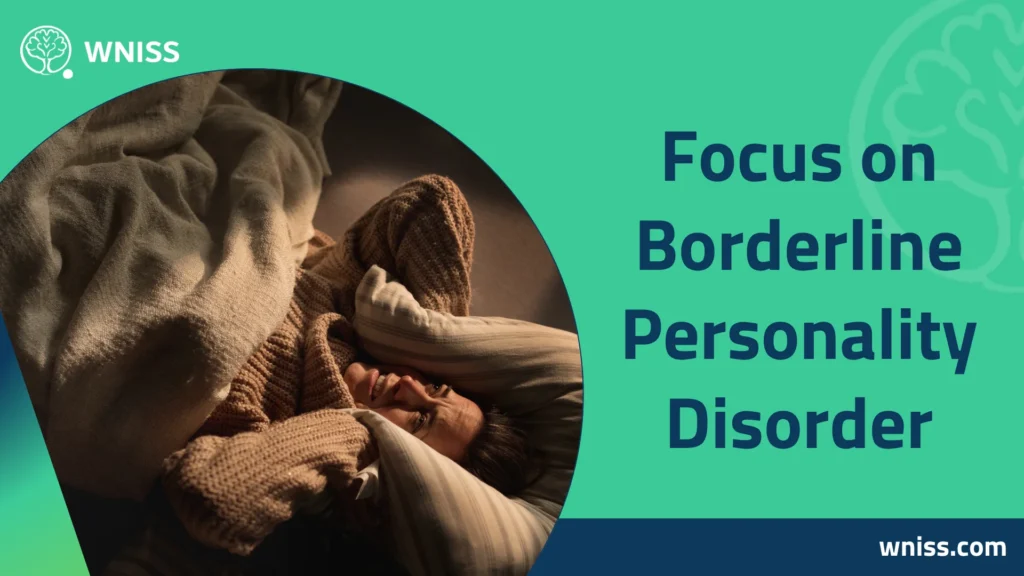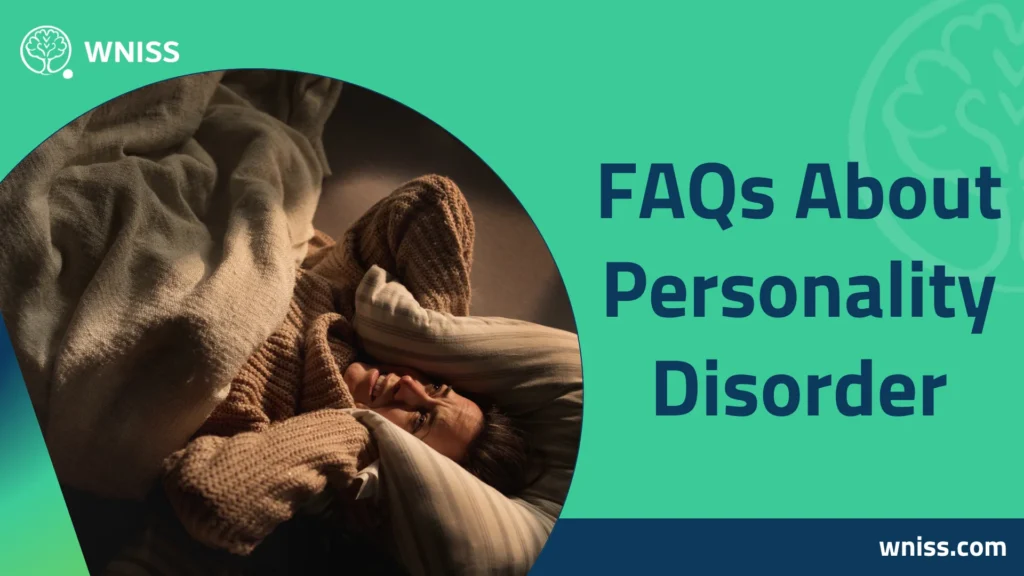Understanding personality disorders is essential for recognizing how certain long-standing patterns of thinking, feeling, and behaving can interfere with daily life and relationships. While everyone displays unique personality traits, individuals with a personality disorder exhibit rigid and unhealthy patterns that lead to distress, dysfunction, and serious challenges in personal, social, and professional domains. These disorders are often misunderstood or mistaken for mood swings or bad behavior, yet they represent serious mental health conditions requiring professional attention.
- Personality disorders typically start during adolescence or early adulthood.
- These conditions are long-lasting and affect nearly every aspect of life.
- Individuals may experience problems at work, within relationships, and in managing emotions.
- People with these disorders often don’t recognize their thoughts or behaviors as problematic.
Narratively, imagine a person who constantly struggles with intense emotions, unstable relationships, and extreme fear of abandonment. They may not understand why their reactions seem “excessive” to others. This situation could point to a borderline personality disorder, just one of many types of personality disorders affecting people worldwide.
What Is Personality Disorder? A Deeper Understanding
A personality disorder refers to enduring patterns of inner experience and behavior that deviate significantly from the expectations of an individual’s culture. These patterns are inflexible and pervasive across many situations, leading to significant impairment in personal functioning. While many people think personality disorders involve simply “bad habits” or being difficult, they are in fact classified as mental health conditions that can severely impact a person’s life.

- Unlike temporary emotional responses, personality disorder patterns remain stable over time.
- Thought processes, emotional responses, impulse control, and interpersonal functioning are all affected.
- These patterns are not due to medical conditions or substance use but are deeply ingrained in the person’s psychological framework.
Narratively, a person may constantly feel anxious, fear rejection from loved ones, or struggle to trust others, without realizing these behaviors stem from a diagnosable mental health condition. This ongoing struggle influences how they interpret the world and relate to those around them.
Types of Personality Disorder: Clusters and Classifications
Understanding the types of personality disorder involves learning how these disorders are grouped into clusters based on similar symptoms. The classification system typically includes Cluster A personality disorders, Cluster B personality disorders, and Cluster C personality disorders, each containing distinct conditions that reflect different patterns of behavior and emotional response.
Cluster A Personality Disorders
Known as the “odd” or “eccentric” group, Cluster A personality disorders include:
- Paranoid Personality Disorder: Involves pervasive distrust and suspicion of others.
- Schizoid Personality Disorder: Characterized by detachment from social relationships and limited emotional expression.
- Schizotypal Personality Disorder: Features acute discomfort in close relationships, cognitive distortions, and eccentric behavior.
Narratively, a person with a Cluster A personality disorder may appear cold, distant, or excessively suspicious without clear reason, leading to chronic social isolation.
Cluster B Personality Disorders
Often referred to as the “dramatic” or “emotional” group, Cluster B personality disorders are among the most recognized:
- Borderline Personality Disorder: Characterized by instability in interpersonal relationships, self-image, and emotions. Fear of abandonment and impulsivity are key features.
- Histrionic Personality Disorder: Involves excessive emotionality and attention-seeking behavior.
- Narcissistic Personality Disorder: Marked by grandiosity, need for admiration, and lack of empathy.
- Antisocial Personality Disorder: Includes disregard for social norms, impulsivity, and violation of others’ rights.
Narratively, people with Cluster B personality disorders may appear overly dramatic, manipulative, or emotionally unstable, often leading to unstable relationships and repeated personal crises.
Cluster C Personality Disorders
Sometimes known as the “anxious” group, Cluster C personality disorders feature:
- Avoidant Personality Disorder: Extreme social inhibition, feelings of inadequacy, and sensitivity to negative evaluation.
- Dependent Personality Disorder: Excessive need to be taken care of, leading to submissive and clinging behavior.
- Obsessive-Compulsive Personality Disorder: Preoccupation with orderliness, perfectionism, and control.
Here, the term anxious personality disorder applies to conditions in this cluster. Narratively, a person with an anxious personality disorder might avoid all social interactions, not because they don’t want connection, but because they fear rejection so deeply.
Focus on Borderline Personality Disorder
Among all types, borderline personality disorder (BPD) is one of the most complex and emotionally painful conditions for both the individual and those around them. It involves:

- Intense emotional instability and mood swings.
- Chronic fear of abandonment.
- Impulsive behaviors such as binge eating or reckless spending.
- Unstable personal relationships alternating between idealization and devaluation.
- Feelings of emptiness or identity disturbance.
Narratively, someone with borderline personality disorder may describe feeling like they’re “constantly on edge,” reacting strongly to perceived rejection or abandonment. They may struggle to regulate their emotions, leading to unpredictable outbursts or self-destructive behaviors.
Histrionic Personality Disorder: Attention-Seeking Behavior Explained
Another important condition is histrionic personality disorder, where attention-seeking and emotional overreaction dominate:
- People with this disorder often feel uncomfortable when they’re not the center of attention.
- They may use physical appearance or exaggerated emotions to draw attention.
- Their speech may lack detail, focusing instead on dramatic generalizations.
- Shallow emotions and suggestibility are also common.
Narratively, an individual with histrionic personality disorder might dominate conversations, dress provocatively, or exhibit rapidly shifting emotions, not out of vanity but as a subconscious need for validation and approval.
Type A Personality Disorder: Clarifying the Concept
The term Type A personality disorder is often misused. While Type A personality refers to a competitive, impatient personality style, it is not classified as a disorder in clinical psychology. However, these individuals may be prone to stress-related illnesses and mental health challenges due to their driven nature.
Narratively, someone with a Type A personality might experience high stress, perfectionism, and difficulty relaxing, but this is distinct from personality disorders listed in diagnostic manuals.
Treatment of Personality Disorder: Paths to Stability
Effective treatment of personality disorder depends on the specific condition but often includes:
- Psychotherapy (especially Dialectical Behavior Therapy for BPD).
- Cognitive Behavioral Therapy (CBT) to challenge distorted thinking.
- Medication to manage mood swings, depression, or anxiety.
- Group therapy or support groups for peer understanding.
- Long-term therapeutic relationships due to the enduring nature of personality disorders.
Narratively, treatment may help someone with a personality disorder learn how to regulate their emotions, form stable relationships, and challenge negative thinking patterns, offering hope where there once was despair.
FAQs About Personality Disorder

What are the 10 personality disorders?
The 10 personality disorders include paranoid personality disorder, schizoid personality disorder, schizotypal personality disorder, antisocial personality disorder, borderline personality disorder, histrionic personality disorder, narcissistic personality disorder, avoidant personality disorder, dependent personality disorder, and obsessive-compulsive personality disorder.
What are 5 symptoms of personality disorder?
Difficulty relating to others, unstable relationships, intense fear of rejection, rigid thinking patterns, and emotional instability are five common symptoms of personality disorder.
How do I know if I have personality disorder?
If you experience long-term difficulties in relationships, intense emotional reactions, and persistent patterns of thought or behavior that disrupt daily life, you may have a personality disorder. A professional evaluation is necessary for diagnosis.
What are the 9 symptoms of BPD?
The nine symptoms of borderline personality disorder are fear of abandonment, unstable relationships, unclear or shifting self-image, impulsive behavior, self-harm, emotional instability, chronic feelings of emptiness, intense anger, and stress-related paranoia or dissociation.
What is the hardest personality disorder?
Borderline personality disorder is often considered the hardest personality disorder to manage due to intense emotional instability, impulsivity, and chronic fear of abandonment, making both diagnosis and treatment particularly challenging.
In conclusion, a personality disorder is far more than a character flaw or a temporary mood problem. These conditions, including borderline personality disorder, anxious personality disorder, and other types of personality disorder spread across Cluster A personality disorders and Cluster B personality disorders, deeply affect how individuals experience and interact with the world. Though diagnosis can be complex and treatment requires long-term dedication, recovery and stability are possible. By understanding these disorders, recognizing symptoms, and pursuing effective treatment of personality disorder, individuals can build healthier relationships, regain emotional balance, and lead fulfilling lives.




